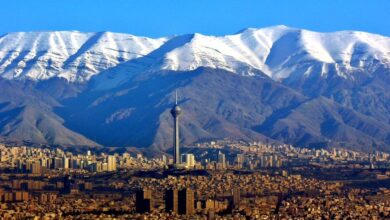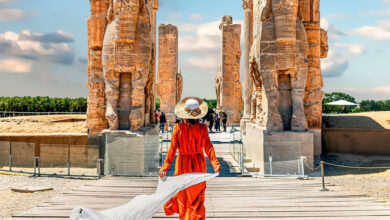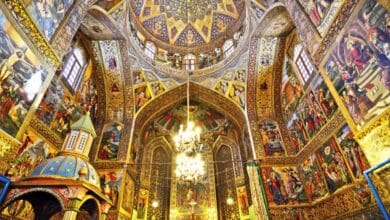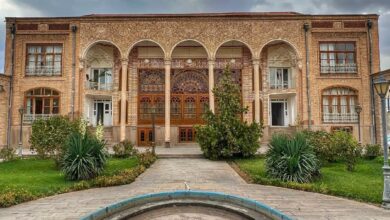Traditional Persian Gardens, a Retreat into a Serene Paradise

Iran is the home of many beauties. We are not talking about mountains or natural lakes, but traditional Persian gardens.
Many tourists have planned to visit Iran not only to check out historical places and museums but also traditional gardens. If you are eager to know about Iran gardens, here is a comprehensive guide presented by Orienttrips.
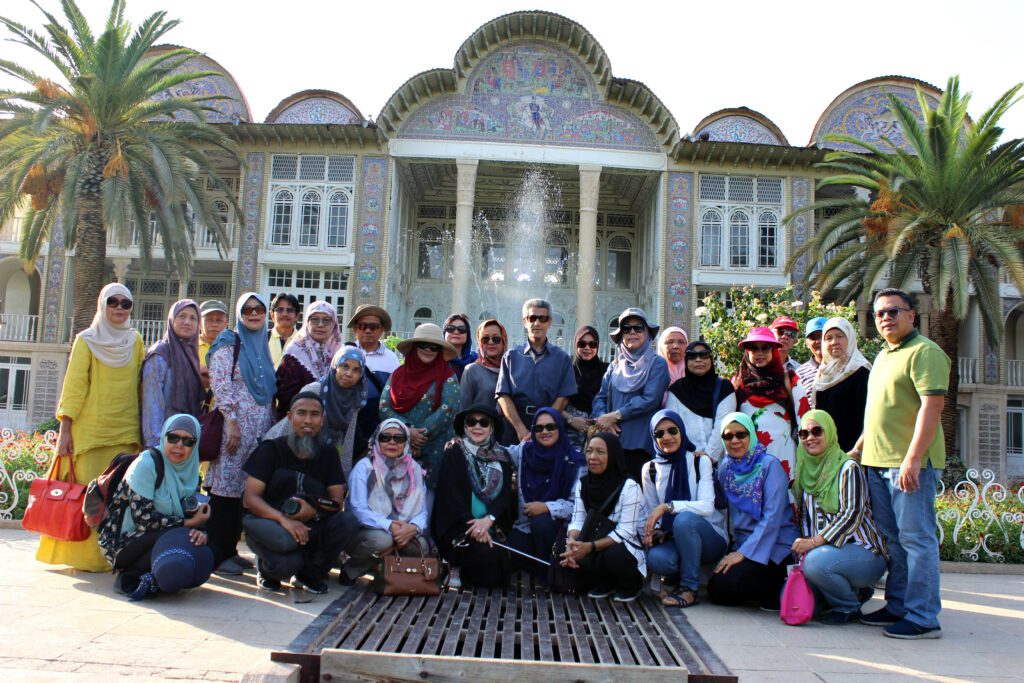
Iran is the host of the most amazing gardens in all over the world. Many of these gardens present the verve of the Iranian taste and their interest in green spaces. Some of these gardens are modern and inspired by other country’s architectures. Happily, most of the Iranian gardens are named in UNESCO world heritage.
The Iranian garden has three curious structures and designs. First, it’s located in the path of water passage. Second, it’s girdled by high walls, and third, there is a summer manse and the water pool inside the garden.
Iranian ties to green spaces and gardening, could be seen in every house. In ancient times every house had a yard and a little garden, which made it a peaceful place for gathering and spending summer afternoons. These days even if a home doesn’t have a yard you can find some plants in it. If you are found of knowing Iran gardens, we’ll not keep you waiting any longer.
Contents
Persian Garden of Pasargadae
The Persian Garden of Pasargadae, located in Shiraz, is one of the oldest and most influential exemplifications of Persian garden design. It was assembled by Cyrus the Great, the author of the Achaemenid Empire, in the 6th century BC. The arena was part of his luxuriant complex, which also included a tomb, a fortified sundeck, and several structures. The garden was divided into four quadrants by water channels, emblematizing the four rudiments of Zoroastrianism sky, earth, water, and plants. The garden also reflected the multilateral nature of the Achaemenid Empire, which gauged from the eastern Mediterranean to India. Pasargadae has been used as a model in the garden construction of Iran and neighboring countries.
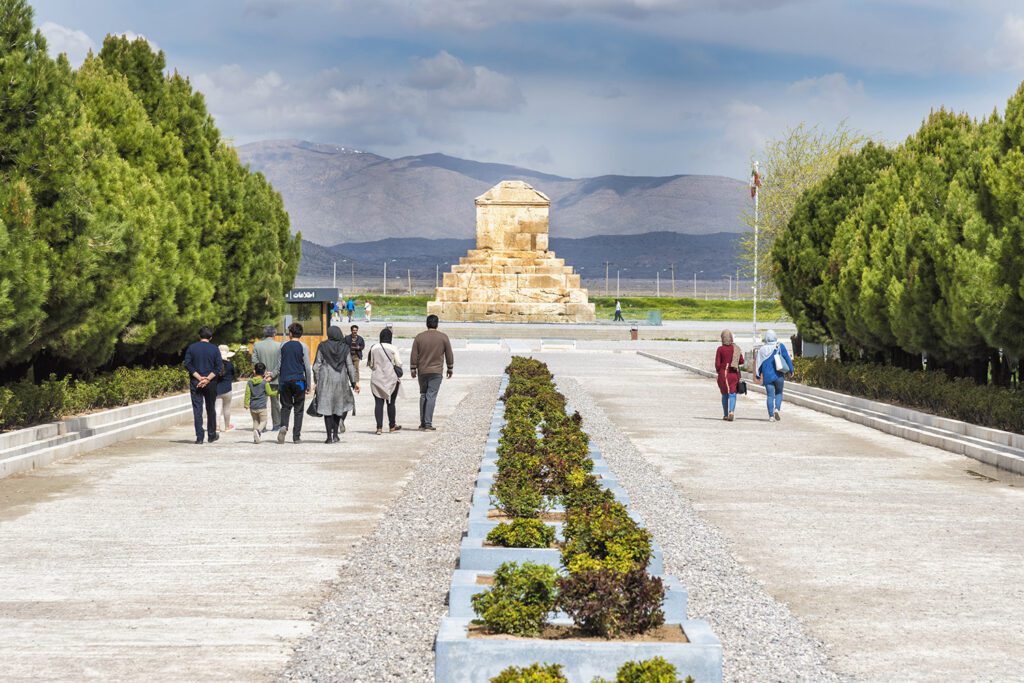
Shahzadeh Garden of Mahan
The Shahzadeh Garden of Mahan is a literal Persian garden that was erected in the 19th century by the Qajar dynasty. It’s one of the nine gardens that are part of the UNESCO World Heritage Site of The Persian Garden.
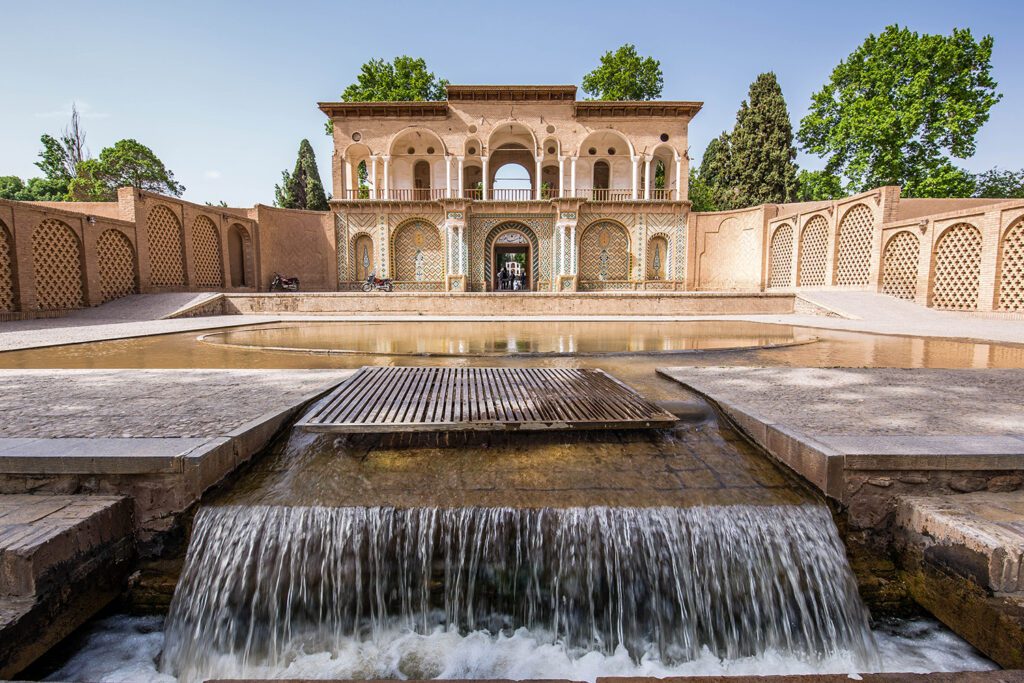
The garden is located in the desert near Mahan, a megacity in Kerman province. The Shahzadeh garden is known for its beautiful kiosk, its water features, and its lush foliage. The garden covers an area of 5.5 hectares and has a blockish shape with a wall around it. Shahzadeh Garden of Mahan has different situations that are connected by water channels and spouts. The water flows from the loftiest position, where the kiosk is located, to the smallest position, where the entrance gate is located. The water system is arranged to take advantage of the natural pitch of the land and the climate of the region. The garden reflects the Persian culture and aesthetics, as well as the diversity and elaboration of Persian garden design. This garden is located in Kerman Province and is known for its beautiful spouts and pools.
Dowlat Abad Garden of Yazd
The Dowlat Abad Garden of Yazd is a literal garden that was made in the 18th century by Mohammad Taghi Khan Bafqi, a governor of Yazd under the Afsharid dynasty. The garden is notorious for its 33.8 measures altitudinous windcatcher, which is the tallest adobe-made windcatcher in the world.

The windcatcher is a Persian architectural device that creates natural ventilation and cooling in the structures. The garden also features a place with four apartments decorated with various glass windows, a pool with spouts, and colorful trees and plants.
Orienttrips Experience
Book Daily Yazd Tour
Eram Garden of Shiraz
The Eram Garden of Shiraz is a beautiful and major Persian garden that dates back to the 12th century. The garden is famed for its elegant awning, its altitudinous windcatcher, its different garden, and its calm atmosphere. The garden has been possessed by different dynasties and lines over the centuries and has been repaired and restored several times.
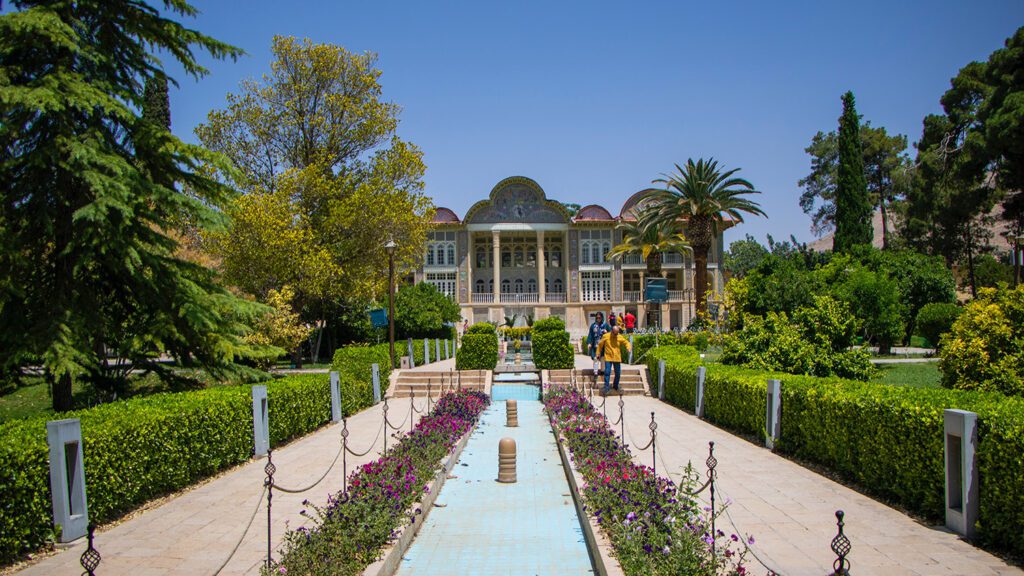
These days, the Eram is part of the Shiraz Botanical Garden of Shiraz University and is open to the public as an artistic and natural magnetism.
Orienttrips Experience
Book Daily Shiraz Tour
Fin Garden of Kashan
The Fin Garden of Kashan is a historical Persian garden that was built in the 16th century by the order of Shah Abbas I, the Safavid king. The garden is famous for its elegant pavilion, its tall windcatcher, its diverse plants, and its serene atmosphere. The garden also has a tragic history, as it was the place where Amir Kabir, the Qajarid chancellor, was assassinated by an order of Nasereddin Shah. The fin garden measures about 2.3 hectares and is divided into four parts. The main section includes a long yard with a pool, waterway, and countless trees and plants.
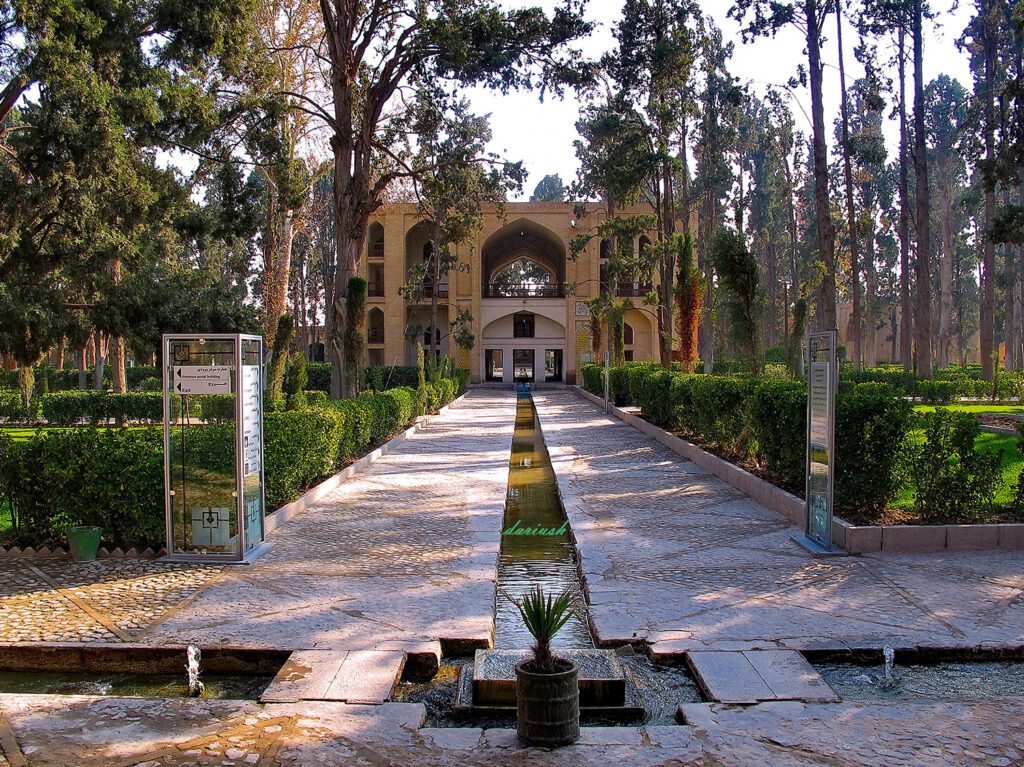
One of the high spots of the Garden is the Hammam-e Fin, a historical bathhouse. This house reveals the architecture and details of a traditional Iranian bath. The Fin Garden is also famous for its eye–catching buildings, such as the Kashan Fin Garden Pavilion. This part of the garden was prepared as a summer residence for the Safavid kings. It features intricate tile work, stained glass windows, and charming frescoes. Visitors can walk through the lush greenery, sit and relax by the pool, and applaud the remarkable architecture. The garden is a place to leave the bustling city of Kashan and be pleased by the calm atmosphere.
Bagh-e-Pahlavanpour of Yazd
Bagh-e-Pahlavanpour, called “the garden town of Yazd,” is a garden sat in Mehriz town of Yazd. The construction of this garden dates back to the Zandieh period. In the entrance part of the garden, you can see the tower, the stables, the arches, and the central courtyard which were built in the Qajar era. This garden offers visitors enjoyment from the streams that run through the garden and makes them feel relaxed. Old and tall trees grew on both sides of the stream. Also, there are many fruit trees, including almonds, pomegranates, and persimmons. The good news is that you can reside in the mansion of this garden which turned into Pahlavanpour hotel. Pahlavanpour residence includes 13 rooms which welcomes visitors.

